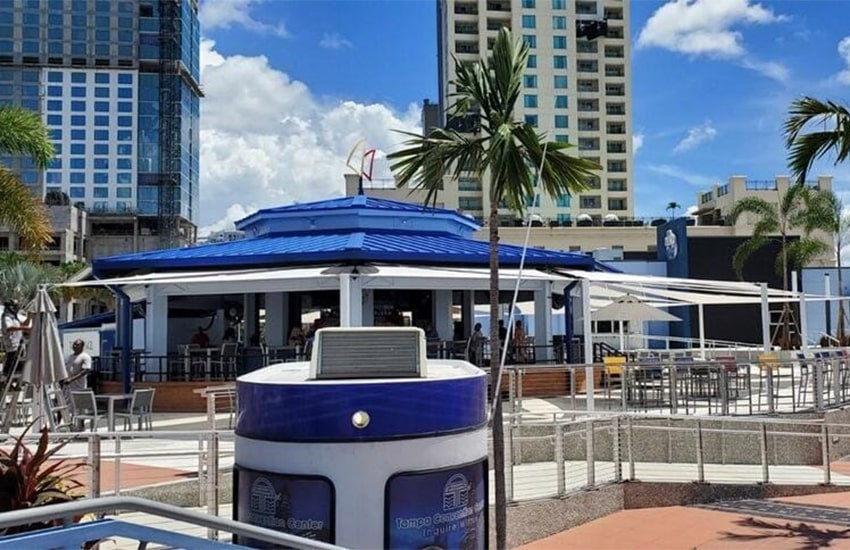Urban design can be defined as the process that involves the design and coordination of all things that make up cities and towns: streets, buildings, public spaces, transportation, and landscapes. These elements are specifically woven together using artistic principles to achieve an organized, cohesive, and aesthetic urban structure.
The urban landscape is much more than just the trees, flowers and greenways planted to make an urban space visually appealing. Every aspect of an urban landscape has more than a single purpose, whether it is a tree that provides shade and works to mitigate soil erosion, or a greenway that offers open space for recreation and captures water runoff. Landscape architects and urban planners work closely to create city plans that factor in the many layers of infrastructure, ecosystems, landscape design elements, and local community needs.
Landscape architects generally follow the same basic principles when considering urban landscape design. An ideal goal is to create an urban environment that enhances the lives of those who live there, sustains or preserves existing ecosystems and wildlife, and is simultaneously aesthetically pleasing. According to a 2008 publication on urban design, these general guiding principles include that cities are ecosystems in and of themselves, they are dynamic, and that humans and nature interact in these cities.
Urban designers and landscape architects can promote the preservation of natural ecosystems within a city by utilizing natural and native vegetation and trees to reduce air pollutants, manage stormwater and hazardous runoff, and also provide shade and energy savings. Green belts create biodiversity in urban areas, offering the wildlife shelter and natural food sources as well as space residents to enjoy nature. Aside from numerous health benefits, cities designed to integrate nature into urban areas are also reaping commercial benefits, as it has been shown to stimulate local economic growth.
Designing for the long-term use and sustainability will benefit the city and future residents for years and decades to come. Landscape architects must consider that change is the only constant in this world, and the landscape needs to be able to adjust when the needs of the city change. Native plants that are low-maintenance and budget-friendly are great choices and provide natural beauty. They also work well to encourage stewardship of natural resources and often naturally support native wildlife. Placing shaded benches or seats for pedestrians near walkways encourage residents to stop and enjoy the natural beauty.
Urban landscape designers are always keeping top-of-mind that the landscape must be visually and aesthetically appealing for residents and tourists. In order to create visual interest, the architect is able to combine the power of color with different textures, shapes and sizes and balance it all with the surrounding building architecture or other popular focal points such as fountains, landmarks, or a monument. They will also consider seasonal weather changes, and incorporate vegetation and trees that can survive year after year, as well as plants that really make it’s season pop, such as trees that change color in the fall or flowers that herald spring.
Whatever your urban landscape design goals, our team at Creative Shade Solutions is able to help! Our designers will bring your vision to life with custom shade structures that complement any landscape. Contact us today!

